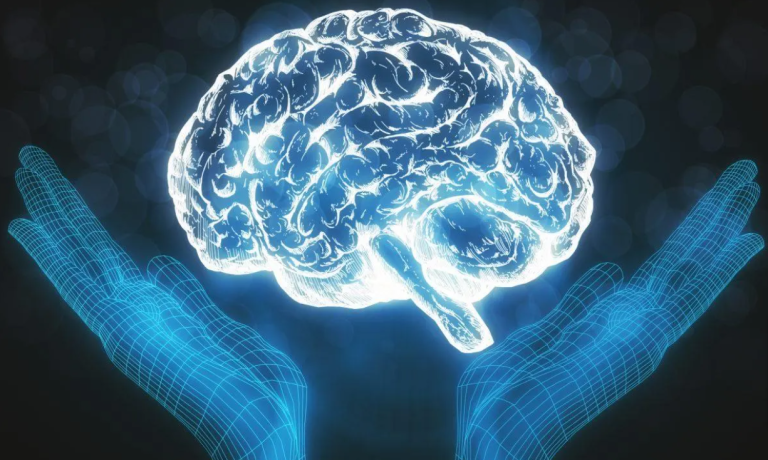A report by the Massachusetts Institute of Technology (MIT) has revealed that it is still cheaper to use humans for certain jobs than artificial intelligence (AI).
This comes amid concerns that AI will replace many jobs currently handled by humans. The report suggests that AI cannot replace the majority of jobs in cost-effective ways at present.
In a study addressing fears about AI replacing humans in various industries, MIT established that using AI to replace humans is only profitable in a few industries.
According to the report, the cost-benefit ratio of computer vision is most favourable in segments like retail, transportation, and warehousing—areas where Walmart Inc. and Amazon.com Inc. are prominent—and in the healthcare context.
Computer vision is a field of AI that enables machines to derive meaningful information from digital images and other visual inputs, with its most ubiquitous applications showing up in object detection systems for autonomous driving or in helping categorize photos on smartphones.
Only 23% will be cost-effective
MIT researchers said they found that only 23% of workers, measured in terms of dollar wages, could be effectively supplanted by AI.
In other cases, because AI-assisted visual recognition is expensive to install and operate, humans did the job more economically.
- “Machines will steal our jobs” is a sentiment frequently expressed during times of rapid technological change. Such anxiety has re-emerged with the creation of large language models, said the researchers from MIT’s Computer Science and Artificial Intelligence Laboratory in the 45-page paper titled “Beyond AI Exposure.”
- “We find that only 23% of worker compensation ‘exposed’ to AI computer vision would be cost-effective for firms to automate because of the large upfront costs of AI systems.”
The study
The study was funded by the MIT-IBM Watson AI Lab and used online surveys to collect data on about 1,000 visually assisted tasks across 800 occupations.
Only 3% of such tasks can be automated cost-effectively today, but that could rise to 40% by 2030 if data costs fall and accuracy improves, the researchers said.
Commenting on the study, Neil Thompson, the Director of the FutureTech Research Project at the MIT Computer Science and Artificial Intelligence Lab, said:
- “Our study examines the usage of computer vision across the economy, examining its applicability to each occupation across nearly every industry and sector. We show that there will be more automation in retail and healthcare, and less in areas like construction, mining, or real estate.”
What you should know
The sophistication of ChatGPT and rivals like Google’s Bard has rekindled concern about AI plundering jobs, as the new chatbots show proficiency in tasks previously only humans were capable of performing.
The International Monetary Fund said last week that almost 40% of jobs globally would be impacted, and policymakers would need to carefully balance AI’s potential with the negative fallout.
At the World Economic Forum at Davos last week, many discussions focused on AI displacing the workforce.

